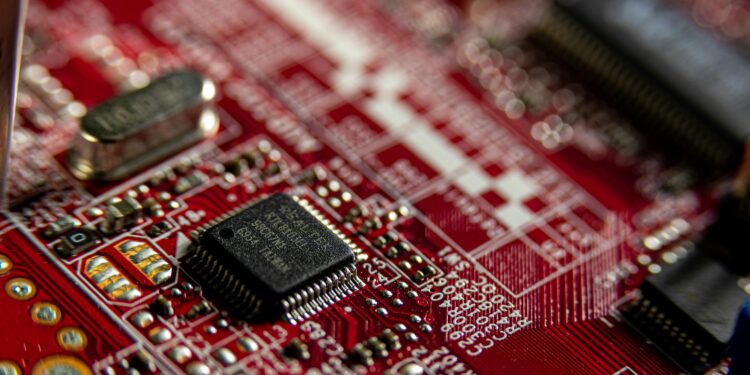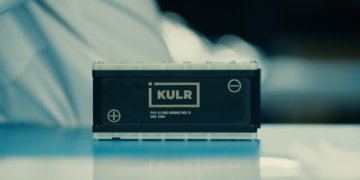4% Workforce Reduction Highlights AMD’s Strategic Pivot Toward Data Center and AI Market Growth
Advanced Micro Devices (AMD), a leading semiconductor company, announced a 4% reduction in its global workforce, affecting approximately 1,000 employees. This restructuring aims to align resources more closely with AMD’s primary growth opportunity: artificial intelligence (AI) chip development. As the company strives to compete with industry leader Nvidia in the booming AI chip market, this pivot underscores AMD’s shift in focus toward high-demand data center technology and away from less profitable segments.
AMD has gained recognition as Nvidia’s (NVDA) primary competitor in the lucrative market for AI chips, which power data centers for advanced applications like generative AI, machine learning, and natural language processing. These chips are essential to platforms such as OpenAI’s ChatGPT, which require immense computational capacity. “As a part of aligning our resources with our largest growth opportunities, we are taking a number of targeted steps,” an AMD spokesperson explained in a statement to Reuters on Tuesday.
Growing Emphasis on Data Center and AI Segment
The decision to trim its workforce comes amid substantial growth in AMD’s data center business, which encompasses its AI-focused graphics processing units (GPUs). In the most recent quarter, AMD reported a two-fold increase in revenue from its data center segment, highlighting the strong demand for its AI chips. In contrast, while AMD’s personal computing segment achieved a 29% revenue increase, the gaming unit faced a 69% drop in sales, reflecting shifting demand trends in the tech sector.
As analysts anticipate a 98% revenue increase for AMD’s data center segment in 2024, the unit is expected to be a driving force behind the company’s forecasted total revenue growth of 13%, according to estimates compiled by LSEG. This strategic focus reflects AMD’s confidence in the growing importance of AI technology and its potential to capture market share from Nvidia in this increasingly competitive space.
Heavy Investments in AI Chip Production
A key part of AMD’s strategic shift is its increased investment in developing AI chips that are specifically designed for data-intensive tasks. The company is set to launch mass production of the MI325X, a new version of its AI chip, in the fourth quarter of this year. Targeted at major clients, or “hyperscalers,” like Microsoft, these chips aim to meet the high demand for AI processing power in cloud computing and data center environments.
The cost of ramping up production of AI chips, however, is steep. AMD’s research and development expenses surged by nearly 9% in the third quarter, while its overall cost of sales grew by 11%, reflecting the significant financial commitment required to compete in this space. Limited manufacturing capacity further complicates production, as AMD and other chipmakers face challenges in securing sufficient manufacturing resources for advanced AI chipsets.
Investor Sentiment and Market Performance
Despite AMD’s ambitious growth in the data center sector, investor sentiment has wavered. AMD shares have dropped over 3% this year as the company struggles to meet the elevated expectations placed upon it. Wall Street optimism, buoyed by AMD’s potential in the AI market, drove the company’s shares to surge two-fold last year. However, the mixed performance across its different business units has tempered some of this enthusiasm.
As AMD pivots toward AI chip production and refines its operations, it faces a critical challenge in balancing investor expectations with the reality of the highly competitive chip market. Nvidia remains the dominant player in AI, benefiting from a first-mover advantage and a well-established reputation in the industry. To capture significant market share, AMD must not only ramp up production but also ensure that its AI chip offerings are competitive in terms of performance and price.
Looking Forward: AMD’s Strategy for AI Market Success
The layoff announcement and increased focus on AI reflect AMD’s long-term strategy to establish a foothold in the data center market. By consolidating its resources around AI technology, AMD is positioning itself as a viable alternative to Nvidia, particularly for companies seeking advanced, high-performance GPUs for AI applications.
The forthcoming mass production of the MI325X is a pivotal step, as it could help AMD win contracts with hyperscale clients and strengthen its presence in the AI and data center markets. For AMD, success in AI chips could mean steady revenue growth and a renewed confidence among investors. However, achieving these goals will depend on the company’s ability to overcome production constraints, manage R&D costs effectively, and stay competitive in a market where Nvidia currently sets the pace.
As the tech world’s reliance on AI expands, AMD’s bet on AI chips could reshape its future—and, potentially, the broader landscape of the semiconductor industry.
You might like this article:CAVA Group Achieves Impressive Q3 Growth, Driven by Expanding Footprint and Rising Traffic











